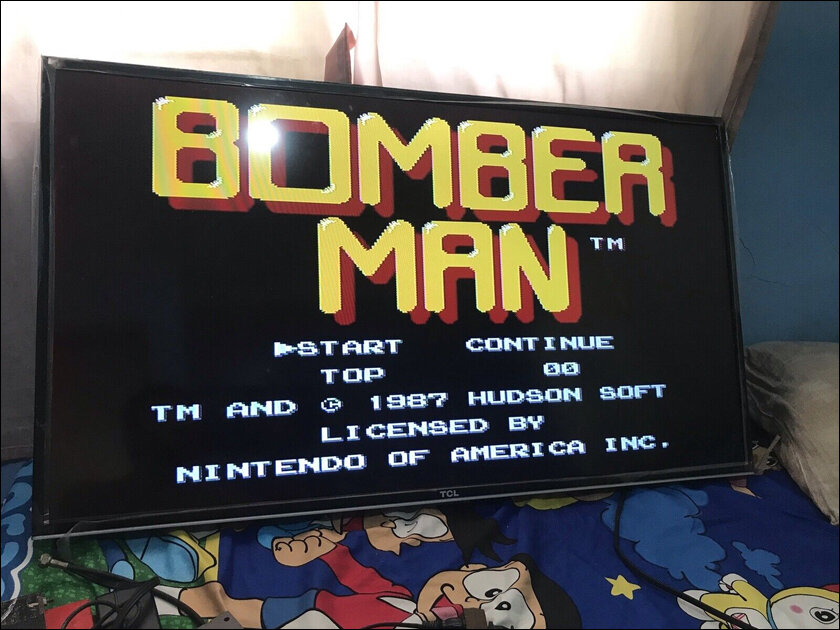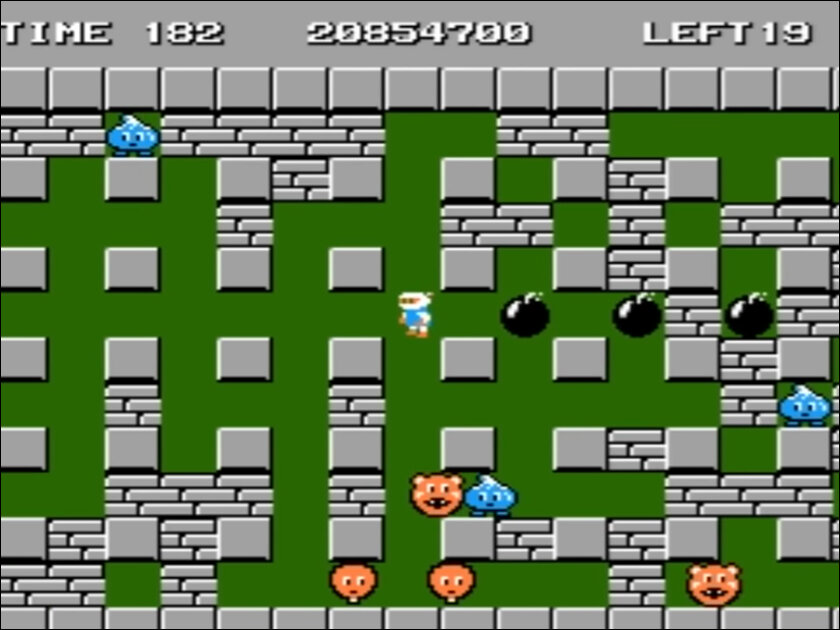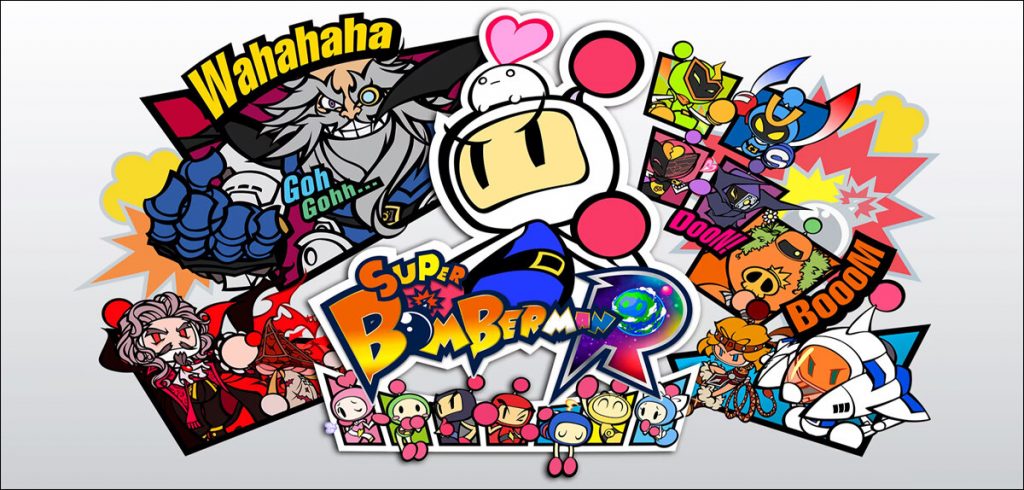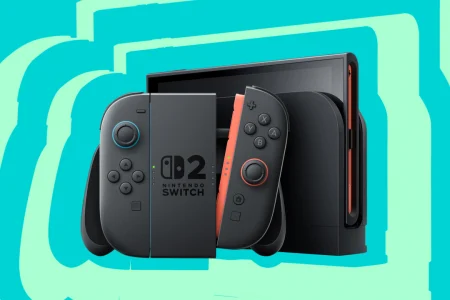Dinesh on Bomberman’s lasting impact on the gaming industry with its addictive gameplay, multiplayer innovation, and enduring popularity.
Since the launch of the Nintendo Switch four decades ago, it has been a momentous occasion for many gamers because the introduction of new technology is always thrilling. But for a bunch of gamers who have had a difficult time, it’s also a thrilling and nerve-wracking time, supporters of Bomberman. Bomberman is a classic video game series for folks my age (30 and up, if you must know; you blasted many walls then).
This article is for you if you don’t know a lot about Bomberman or if you need a refresher. I sincerely hope you find it enjoyable and that your gaming experience warms your heart.

What is Bomberman
Bomberman is a beloved video game series that has entertained players for decades with its addictive gameplay and explosive action. Developed by Hudson Soft and later acquired by Konami, Bomberman has become one of the most recognizable and enduring franchises in the gaming world. The series has seen numerous iterations across various platforms, captivating players with its simple yet compelling premise.
Over the years, Bomberman has evolved with the advancements in gaming technology, transitioning from its early 2D iterations to embracing 3D graphics and online multiplayer capabilities. Yet, the core formula of strategic bomb placement and explosive battles has remained at the heart of the series, capturing the attention of players of all ages.
Whether playing alone or engaging in multiplayer mayhem, Bomberman offers an exhilarating and explosive gaming experience that has stood the test of time. With its colourful characters, clever level design, and fast-paced action, Bomberman continues to be a favourite choice for gamers seeking a thrilling blend of strategy and chaos.
The Origin & Gameplay
Bomberman originated in 1983 as a video game developed by Hudson Soft for the MSX, a home computer system. The creator, Shinichi Nakamoto, aimed to create an engaging multiplayer experience that combined strategy and fast-paced action. The game’s success led to the birth of the Bomberman franchise, which would go on to captivate players across multiple platforms for decades.
In terms of gameplay, In Bomberman, players take control of a character known as Bomberman, who is equipped with an arsenal of bombs. The objective is to navigate through maze-like levels, strategically placing bombs to destroy obstacles, defeat enemies, and ultimately reach the exit. The gameplay mechanics revolve around planning and executing bomb placements, as players must be careful not to get caught in the blasts themselves.

As the player progresses through the game, they can collect power-ups hidden within the levels. These power-ups enhance Bomberman’s abilities, such as increasing the range and strength of bombs, granting additional bombs to drop simultaneously, or providing special abilities like walking through walls. However, players must also be cautious, as bombs can harm Bomberman, resulting in a loss of life.
Bomberman’s gameplay is known for its mix of strategic planning and fast reflexes. Players must consider the maze layout, enemy patterns, and power-up placement to effectively clear levels. Additionally, multiplayer modes have been a significant aspect of Bomberman games, allowing multiple players to compete against each other in explosive battles, adding a competitive edge to the gameplay.
With its simple yet addictive gameplay mechanics, Bomberman has remained a favourite among players of all ages. The series has seen numerous iterations, introducing new power-ups, gameplay elements, and visual enhancements, while staying true to its core formula of strategic bomb placement and thrilling explosions.

The technology used in the development of Bomberman has evolved over the years as the gaming industry advanced. Here are some key technologies and platforms associated with the development of Bomberman:
1. Early Platforms: The original Bomberman game was developed for the MSX, a popular home computer system in Japan during the 1980s. The game utilized the hardware capabilities of the MSX to deliver its gameplay mechanics and visuals.
2. Console Platforms: As Bomberman gained popularity, subsequent entries in the series were developed for various gaming consoles. This included platforms such as the Super Nintendo Entertainment System (SNES), Sega Saturn, PlayStation, Nintendo 64, and more. Developers leveraged the specific features and capabilities of each console to enhance the gameplay experience and graphics.
3. 2D and 3D Graphics: The early Bomberman games predominantly featured 2D graphics, leveraging sprite-based visuals to create the maze-like levels, characters, and objects. However, with the advancements in technology, Bomberman made the transition to 3D graphics in games like Bomberman 64. This allowed for more immersive environments and enhanced visual effects.
4. Multiplayer Capabilities: Bomberman has always been known for its multiplayer modes, enabling players to compete against each other. Initially, multiplayer was achieved through local connections, such as using multitap accessories for consoles like the Sega Saturn. As technology progressed, online multiplayer capabilities were introduced, allowing players to engage in Bomberman battles with opponents worldwide.
5. Online Connectivity: With the advent of online gaming, Bomberman embraced online connectivity. Games like Bomberman Online and Bomberman Live enabled players to compete against each other over the internet, expanding the multiplayer experience beyond local play.
6. Development Tools and Engines: Like many video games, the development of Bomberman games likely involved the use of various development tools, programming languages, and game engines. These tools and engines provided developers with the necessary resources and frameworks to streamline the development process and create the gameplay mechanics, visuals, and audio for the games.

As technology advanced, Bomberman adapted to new platforms, graphics capabilities, multiplayer options, and online connectivity, allowing the franchise to evolve and provide players with new and engaging experiences. The specific technologies used varied depending on the platforms and development teams involved in each iteration of the game.
Bomberman games typically offer a variety of modes to enhance the gameplay experience and cater to different player preferences. Here are some common modes found in Bomberman games:
1. Single Player Mode: This mode focuses on a solo player’s journey through a series of levels or a story-driven campaign. In single player mode, players navigate through maze-like levels, strategically placing bombs to defeat enemies, overcome obstacles, and progress towards the goal.
2. Multiplayer Battle Mode: One of the defining features of Bomberman is its multiplayer mode. In this mode, multiple players can compete against each other in explosive battles. Players strategically place bombs to eliminate opponents, with the last remaining player standing declared the winner. Multiplayer battle mode often supports local multiplayer, where players can connect multiple controllers to a console, as well as online multiplayer for playing against opponents worldwide.
3. Cooperative Mode: Some Bomberman games offer cooperative gameplay, where players team up to overcome challenges and complete levels together. Cooperative mode encourages players to work together, coordinating bomb placement and supporting each other to overcome obstacles and defeat enemies.
4. Team-based Modes: In addition to free-for-all multiplayer battles, Bomberman games often introduce team-based modes. Players are divided into teams, competing against each other in matches where team coordination and strategy are crucial. These modes often feature special mechanics and objectives, such as capturing flags or protecting bases.
5. Puzzle Mode: Some Bomberman games include puzzle-focused modes where players must solve intricate challenges within a limited number of moves or time. These puzzle modes often require careful planning and strategic bomb placement to clear levels and progress.
6. Mini-games and Bonus Modes: Bomberman games frequently include additional mini-games or bonus modes to provide variety and entertainment. These modes can range from platforming challenges to racing mini-games, offering players alternative gameplay experiences.
The inclusion of diverse game modes in Bomberman ensures that players can enjoy the franchise in different ways, whether they prefer solo adventures, competitive battles, cooperative play, or engaging puzzle-solving. The various modes contribute to the overall appeal and replayability of the Bomberman series, providing hours of entertaining gameplay for players of all ages.
In conclusion, the Bomberman game series has left a lasting impact on the gaming industry with its addictive gameplay, multiplayer innovation, and enduring popularity. From its humble beginnings on the MSX platform to its evolution across multiple consoles and advancements in graphics and online connectivity, Bomberman has cemented its place as an iconic franchise. Its legacy lies in its strategic bomb placement, engaging multiplayer modes, and its influence on game design and mechanics. With its explosive action, memorable characters, and diverse game modes, Bomberman continues to captivate players and remains a beloved part of gaming history.
While the series has seen numerous releases, fans eagerly await news of upcoming additions to the franchise. Stay tuned for the next topic, as I’ll provide an overview of the release dates for some notable Bomberman games, including recent and upcoming titles.









